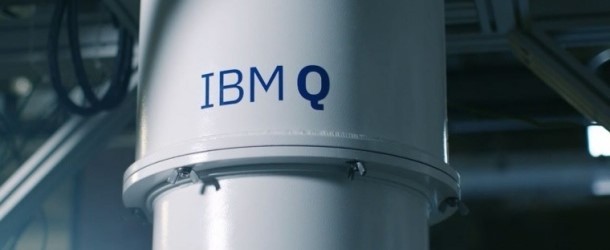Research by UChicago PhD Student Pranav Gokhale and EPiQC Wins 2019 IBM Q Best Paper

(UniversityOfChicago) A new approach for using a quantum computer to realize a near-term “killer app” for the technology received first prize in the 2019 IBM Q Best Paper Award competition, the company announced. The paper, “Minimizing State Preparations in Variational Quantum Eigensolver (VQE) by Partitioning into Commuting Families,” was authored by UChicago CS graduate student Pranav Gokhale and fellow researchers from the Enabling Practical-Scale Quantum Computing (EPiQC) team.
The interdisciplinary team of researchers from UChicago, University of California, Berkeley, Princeton University and Argonne National Laboratory won the $2,500 first-place award for Best Paper. Their research examined how the VQE quantum algorithm could improve the ability of current and near-term quantum computers to solve highly complex problems, such as finding the ground state energy of a molecule, an important and computationally difficult chemical calculation the authors refer to as a “killer app” for quantum computing.
Quantum computers are expected to perform complex calculations in chemistry, cryptography and other fields that are prohibitively slow or even impossible for classical computers. A significant gap remains, however, between the capabilities of today’s quantum computers and the algorithms proposed by computational theorists.
“VQE can perform some pretty complicated chemical simulations in just 1,000 or even 10,000 operations, which is good,” Gokhale says. “The downside is that VQE requires millions, even tens of millions, of measurements, which is what our research seeks to correct by exploring the possibility of doing multiple measurements simultaneously.”
With their approach, the authors reduced the computational cost of running the VQE algorithm by 7-12 times. When they validated the approach on one of IBM’s cloud-service 20-qubit quantum computers, they also found lower error as compared to traditional methods of solving the problem. The authors have shared their Python and Qiskit code for generating circuits for simultaneous measurement, and have already received numerous citations in the months since the paper was published.


















